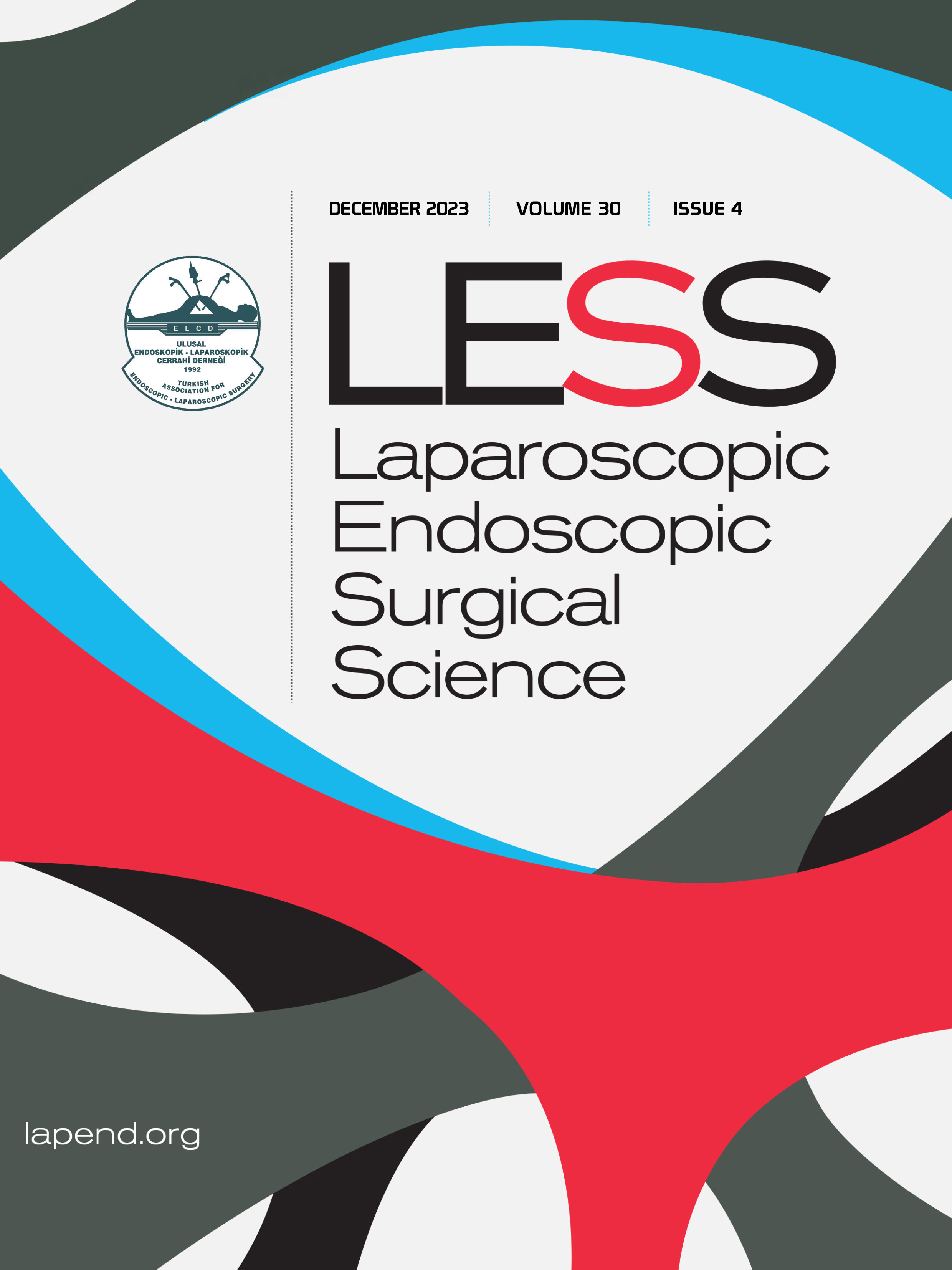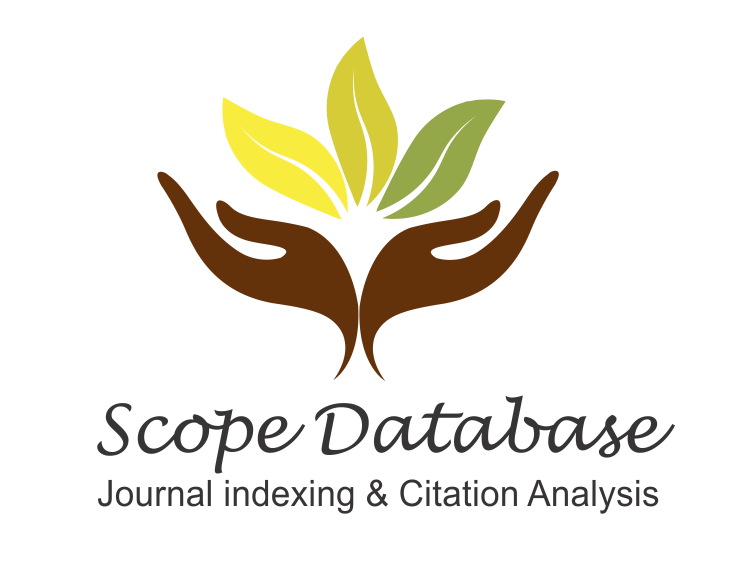Laryngopharyngeal lesion awareness of physicians performing upper gastrointestinal endoscopy: Survey study
Gözde Orhan Kubat1, Mehmet Kubat2, Mahmut Demirtaş3, Ozan Bağış Özgürsoy41Department of Otolaryngology, Alanya Alaaddin Keykubat University Faculty of Medicine, Antalya, Türkiye2Department of General Surgery, Alanya Training and Research Hospital, Antalya, Türkiye
3Department of Otolaryngology, Muğla Sıtkı Koçman University Faculty of Medicine, Muğla, Türkiye
4Department of Otolaryngology, Ankara University Faculty of Medicine, Ankara, Türkiye
INTRODUCTION: Early diagnosis of cancers in the laryngeal and pharyngeal (LF) region is important for minimally invasive treatment and prolongation of survival. In the practice of otolaryngology diseases, hypopharyngeal cancers are mostly diagnosed in the late period. The aim of this study is to evaluate the approaches of gastroenterology and general surgery specialists to LF region lesions during upper gastrointestinal (UGI) endoscopic procedures.
METHODS: Endoscopist physicians who agreed to participate in our study and performed UGI endoscopy were asked to fill out the online questionnaire and the results were evaluated. Survey results; It is based on demographic information, professional experience and characteristics of the procedure, endoscopy evaluation criteria, whether anatomical regions are evaluated and laryngeal and hypopharyngeal region lesions can be defined.
RESULTS: It was observed that 88% of the 100 participants who participated in the survey evaluated the LF region, and 71% encountered lesions in the hypopharynx, 62% with lesions obstructing the esophagus entrance, and 52% with laryngeal lesions. It was determined that 23.7% of the physicians who encountered hypopharyngeal lesions and 11.5% of the physicians who encountered laryngeal lesions took biopsies from the lesions in these regions. As the endoscopic experience increased, the identifiability of the lesions increased statistically significantly (p<0.05). The identifiability of the lesions was found to be statistically significantly lower in the group who thought that the education received during their residency was insufficient (p<0.05).
DISCUSSION AND CONCLUSION: With the routine evaluation of LF structures during endoscopy of the UGI, it is possible to diagnose lesions in this region at an early stage. In this age, where minimally invasive and organ-preserving endoscopic treatments are at the forefront, routine evaluation of LF regions should be included in the UGI endoscopy training required to increase the accuracy of diagnostic approaches. To increase the early diagnosis rate, endoscopists should be informed about the examination of anatomical regions in detail, and they should be encouraged to take biopsies in suspicious cases. In this period, the percentage of biopsy should be increased by performing simultaneous otolaryngology consultation.
Keywords: Endoscopy, Hypopharyngeal neoplasia, Laryngeal neoplasia, Surgery, Upper gastrointestinal tract.
Manuscript Language: English















